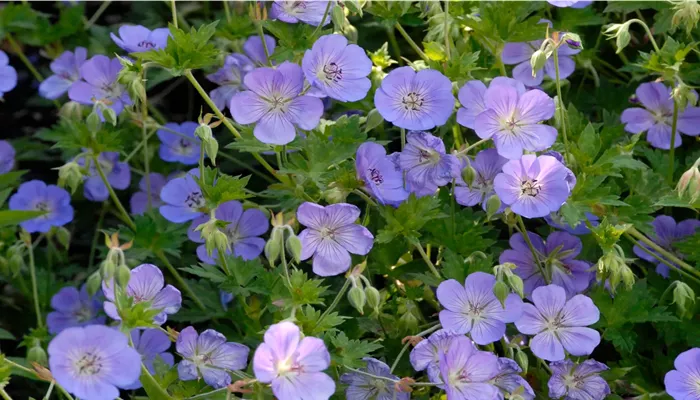As August draws to a close, gardeners are being advised to prune certain plants before the month ends to ensure a “huge flush of flowers” in the coming season and year. Pruning is essential for maintaining a healthy and attractive garden, regardless of the time of year.
Pruning involves the careful removal of specific parts of plants, such as branches, buds, and spent flowers, to shape the plant for both horticultural and aesthetic purposes. From August through December, the primary focus of pruning is on removing dead or damaged branches.
Gardening expert Sarah Raven has outlined the key tasks that should be completed this month, including which plants need pruning before August ends. She emphasized the importance of staying on top of gardening duties, even during holiday periods. “There’s lots of pruning, deadheading, and harvesting to be done in August, so if you’re off on your holidays, make sure you get some help for your garden or plan ahead,” Raven advised.
For hardy geraniums, pruning is particularly crucial. Once these plants have finished flowering, cutting them back to ground level will encourage a late round of blooms later in the summer, as well as fresh foliage. Throughout the season, removing spent flowers is key to promoting new growth. Only when the final flowers have faded should the stems be removed. Additionally, cutting back any leggy or worn-out growth can stimulate denser, bushier growth for a more vibrant display.
Raven also recommended cutting back long-flowering perennials, such as geranium psilostemon and geranium ‘Johnson’s Blue,’ which have likely finished blooming by now. “Cut them right to the ground and water to encourage them to put up more blooms as soon as possible and generally prevent the garden from looking frazzled and messy,” she suggested.
Hardy lavender plants should be pruned after they finish flowering in late August. Pruning at this time helps the plant recover before winter, encourages fuller growth in the following year, and prevents it from becoming leggy. Gardeners will know it’s time to prune when the flowers turn grey and bees are no longer hovering around the stalks. Generally, the harder lavender plants are pruned, the longer they will thrive in the garden.
Although alstroemerias require minimal pruning, Raven noted that August is the best time to do so. She recommended pulling the stems, as you would with rhubarb, rather than cutting them, as the plants finish their first flowering. “This encourages more growth from below ground, giving you a huge second flush of flowers right through the autumn,” she explained. She also advised ensuring that stakes are in place, as most alstroemerias are vigorous and may need support during autumn gales.
Finally, wisteria should be pruned after flowering by removing all the whippy side shoots from the main branch framework, cutting them back to about five leaves from the main stem. This method keeps the wisteria in check, preventing it from invading gutters and windows, and promotes the formation of flower buds rather than excessive green growth.


